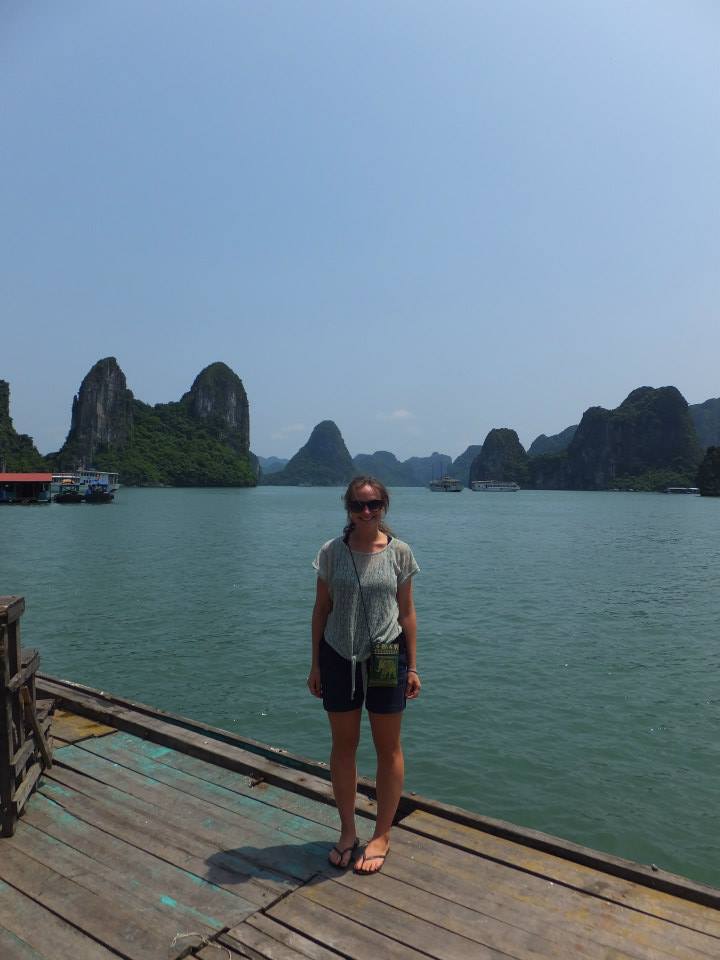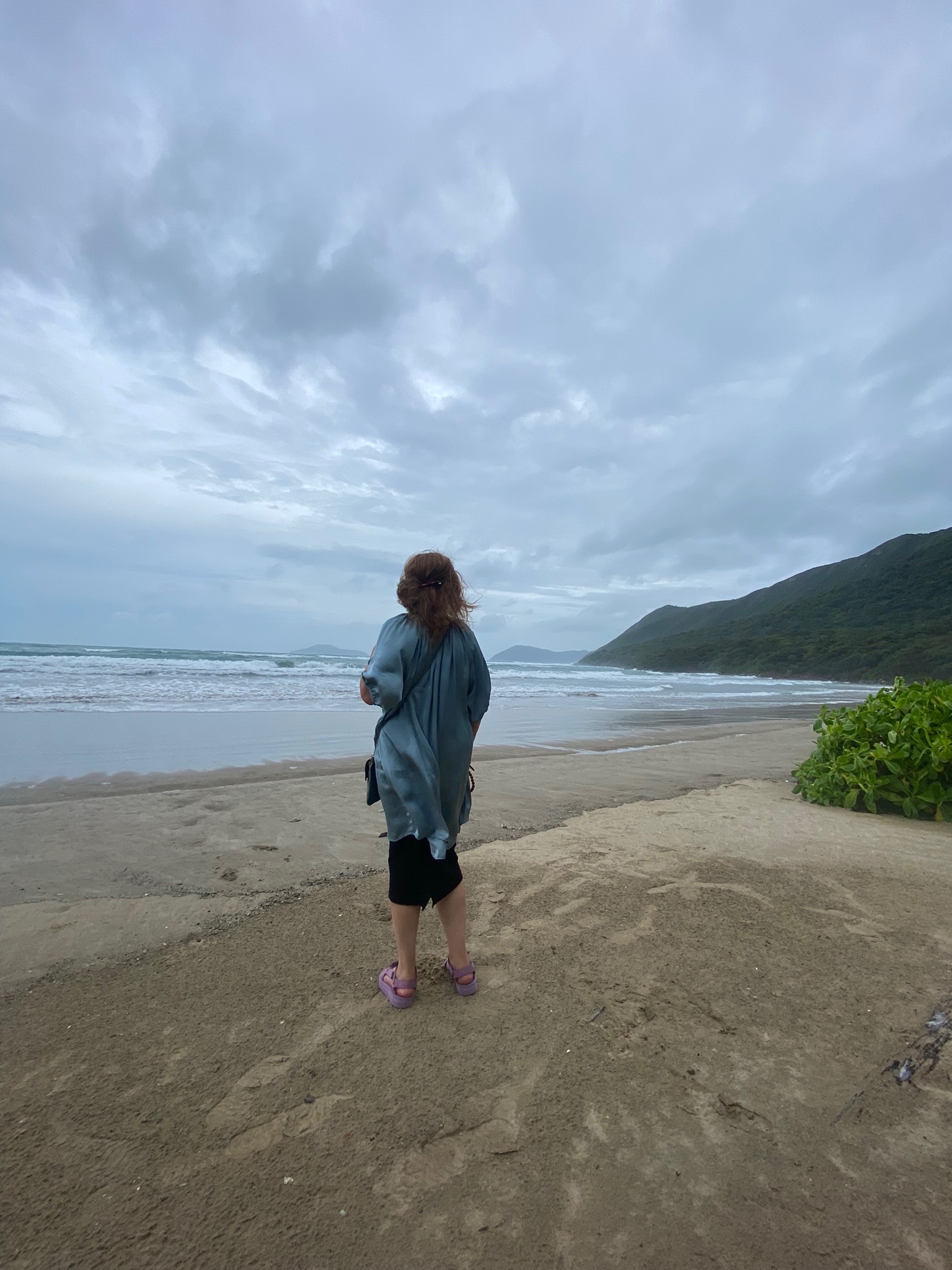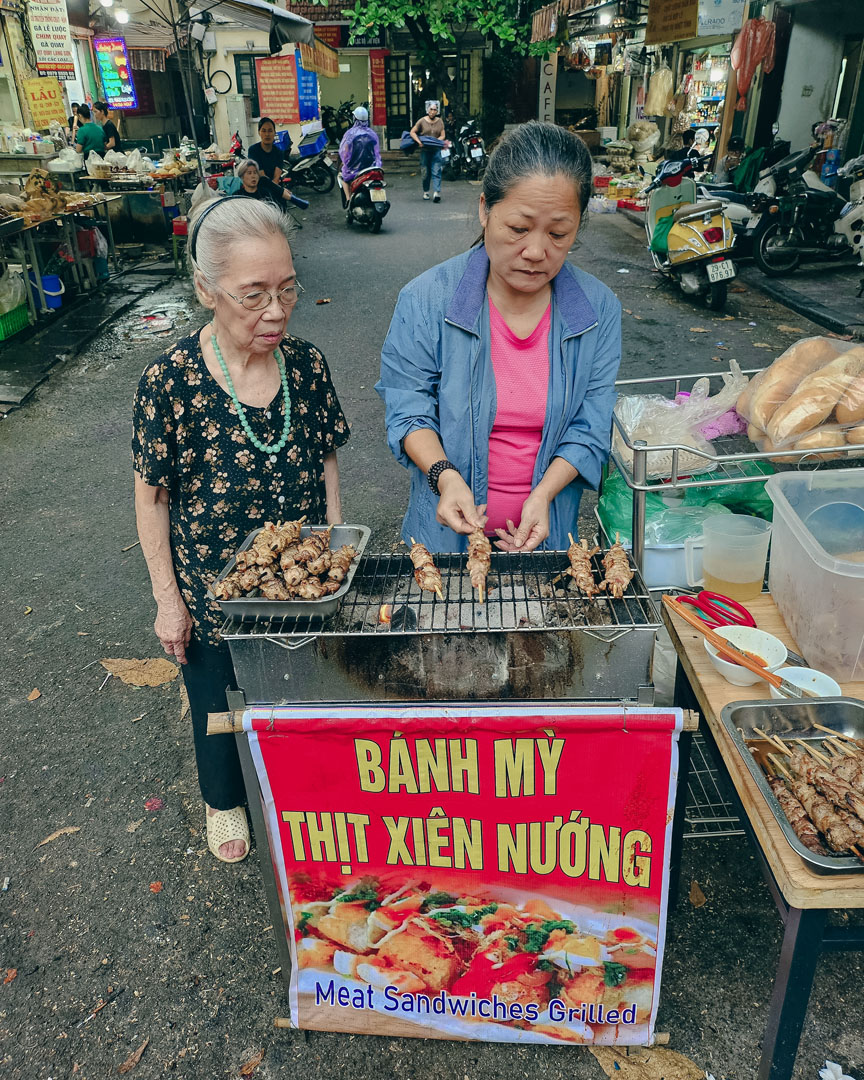Sisters are doing it for themselves: The role of women in Vietnam

After staying with rural communities, Claire became curious about the changing role of women in Vietnam.
Women in Vietnam

An old Vietnamese saying goes ‘One boy, that’s something; ten girls that’s nothing’.
During my two weeks in a remote hill village in northern Vietnam, I noticed a striking difference between the roles played by men and women in the community.
I may be speaking out of turn, but for all intents and purposes men spent a good proportion of their day socialising, drinking black tea, beer and rice wine. Women in Vietnam however spent their days working out in the fields with the animals, or milling rice within the home. In fact, I rarely saw men and women together; they ate separately and the latter seemed to refrain from drinking alcohol completely.
I wondered just what the role is of women in Vietnam today - within the domestic sphere at least. It seemed to me that women were still relatively oppressed, but how could I base these sweeping conclusions on just two weeks in a very rural and traditional part of the country?
It appears that I’m not alone in my quest for answers. Gender has long been a hot topic of debate in Vietnam; increasingly so as the country modernises and becomes subject to the ebbs and flow of globalisation.
Vietnamese Women’s Museum in Hanoi

Curious and fuelled by a desire to know more, I stopped in at the Vietnamese Women’s Museum (VWM) on my return to Hanoi.
The VWM was established in 1987 by the Vietnam Women’s Union. It highlights the role played by women in the past, as well as the importance of promoting gender equality today. With a good mix of permanent and special thematic exhibitions, it’s extremely well-thought out and repeatedly rated as one of the Top 25 most interesting museums in Asia on TripAdvisor.
The main thing that the VWM showed me was the remarkable role that Vietnamese women played during the war years. Many were actively involved in defending the country against the tyranny of the opposition. They assisted with construction and armed supplies. acted as liaison officers, and mobilised the forces.
Walking through the ‘Women in Family’ exhibition, I admired the women even more. Just as I’d witnessed during those two weeks in Ha Giang, many manual tasks such as ploughing, harvesting and sowing rice have traditionally been carried out by women, all in addition to raising children.
Even today, a staggering 70% of women make up the agriculture labour force. I left the museum that day sure of one thing: Vietnamese women aren’t afraid of hard graft!
But does that mean that they’re respected? Time to delve a little deeper…
The Good: Gender Equality in Vietnam Today

Contrary to my first impressions, the latest statistics reveal that Vietnam performs relatively well on issues of gender equality; particularly in comparison to other countries in the Asia-Pacific region. Along with other organisations, the VWM has made a concerted effort to hammer home the importance of gender equality. With a rise in female representation in government, it appears that their efforts are paying off.
In 2016, Vietnam appointed both a female vice president and a chairwoman of the National Assembly. A quarter of the Communist Party’s national assembly are also made up of women, and the number of women in business in high-powered roles is also on the up. Popular budget airline Vietjet was actually founded by Nguyen Thi Phuong Thao; Southeast Asia’s only female self-made billionaire (and one of just two billionaires in Vietnam).
There is still work to do to. Women in Vietnam don't have the same access to higher education as men, and the age-old perception that male offspring are more ‘valuable’ than women is still prevalent – particularly in rural areas. But these examples serve as a promising symbol of hope for the future.
The Great: Mrs Mai’s Co-op Vietnam

It’s not just in the big cities that women in Vietnam are gaining respect or attracting attention.
There are a number of hugely inspiring individuals championing change across the country. One such lady hitting headlines recently is Vang Thi Mai. She set up a co-operative in the rural village of Hop Tien to help victims of trafficking along the Vietnam/China border, opening her home to vulnerable women and teaching them skills to make a livelihood for themselves.
She now employs over 100 women and often organises workshops for tourists. Even in the most remote parts of the country, it is possible to initiate social enterprise and empower women at the same time.
And... The Ugly

Despite being awarded ‘International Women of Courage Award’ just last month, female blogger ‘Mother Mushroom’ was sentenced to a decade in prison for airing her political views publicly. This case has cast doubt on democracy and gender equality for women in Vietnam today.
Conclusions

Traditional family values prevail in a number of rural areas, but a significant amount of time, effort and publicity has gone into highlighting the hard-working and dedication of Vietnamese women. They are emerging from the shadows as a force to be reckoned with; you only have to look at the reviews of the VWM to see the new-found admiration and respect for the pivotal role women have played in shaping the country we visit today.
Whichever way you look at it, women in Vietnam continue to make their mark. But along with the vital role they have always played, they are taking a defiant stance to prove their worth. Each year on March 8th, events are organised to show appreciation and admiration for their work on International Women's Day.
As proud advocates of sustainable and ethical tourism, we are delighted to work with Mrs Mai’s co-op.
A visit to the village of Hop Thien can be incorporated into the 12-night Northern Star itinerary. With four days in Hanoi, there’s ample time to visit the Vietnamese Women’s Museum to put it all into context.
All photos in this blog were taken by Sara Pretelli.




